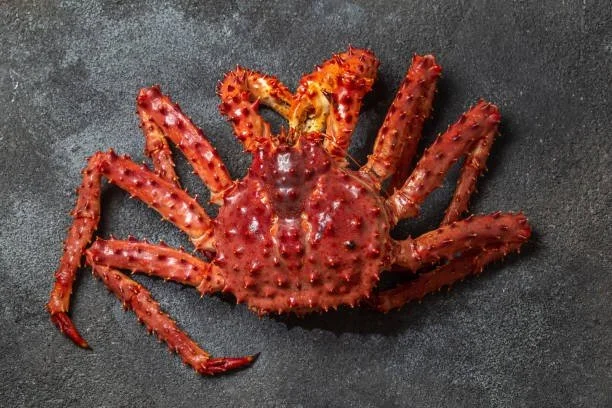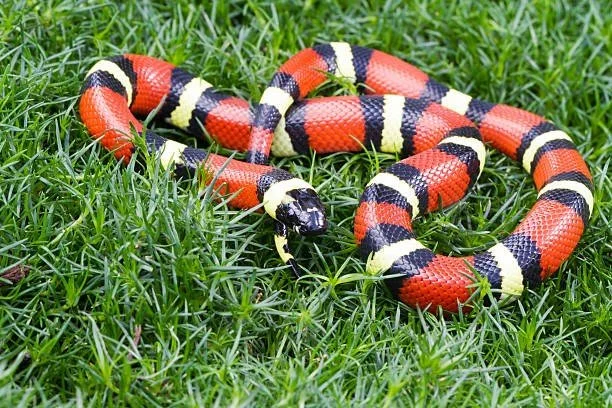Creature Feature: Long Live the King - Part 2
Written by: Zachary Mork, Naturalist
The start of a new month also means the start of a new Creature Feature! The last full month of summer brings us to month number eight, in a series where we have been diving into the origins of the month, and associating them with animals found in nature. Similar to July, August is the second month of only two that is dedicated to a historical figure. In this case, it is Augustus Caesar (63 BCE - 14 CE). Founder of Rome as an empire, and therefore the first Roman emperor. Continuing with the theme of the last edition (Julius Caesar), we will further investigate examples of animals that have hints of royalty in their names.
Golden-crowned Kinglet (Regulus satrapa)
These “little kings” are named for their colorful patches on the tops of their heads. Like little golden crowns. With a preferred breeding habitat being coniferous forests, their range during the spring and summer is throughout much of southern Canada, including the Great Lakes region. In the winter months, the kinglet may be spotted throughout all of the contiguous United States, foraging for seeds as it waits for the warm months to go back to having an insect diet. One last fun fact about the golden-crowned kinglet is that each of their nostrils are covered by one tiny feather!
King Crab (Lithodidae family)
King crab is not necessarily one species, per se, but rather an entire group of species in the Lithodidae Family. This family of crab specializes in living in deep, cold waters anywhere around the world’s oceans. For example, one variety of king crab typically found at markets and crab houses is red king crab, found in deep waters of the North Pacific. Despite being large in appearance, the closest cousins to king crabs are actually the significantly smaller hermit crabs.
Milk Snake (Lampropeltis triangulum)
Although it does not seem so based on its name, the milk snake is classified as a type of kingsnake, as it is a member of the Lampropeltis Genus in which they get their name. This is a snake of the Eastern United States, stretching from the Appalachian Mountains in the south, to parts of the Great Lakes basin in the north, including the lower peninsula. It is a nocturnal hunter of insects and small mammals, but rest assured that this species is non-venomous. There are some snake species throughout the world that look quite similar to kingsnakes and are indeed venomous (coral snakes, for example) however, there are some tricks to telling the difference between them. Coral snakes, in comparison, often times have additional colors that the milk snake does not, and there is a whimsical little rhyme that you can take with you whenever go hiking and spot a snake such as this:
“If red touches black, it’s a friend of Jack. If red touches yellow, it's a deadly fellow.”
Golden-crowned kinglet
King crab species
Milk snake



